The cold coffee market is evolving: How can roasters tap into it?
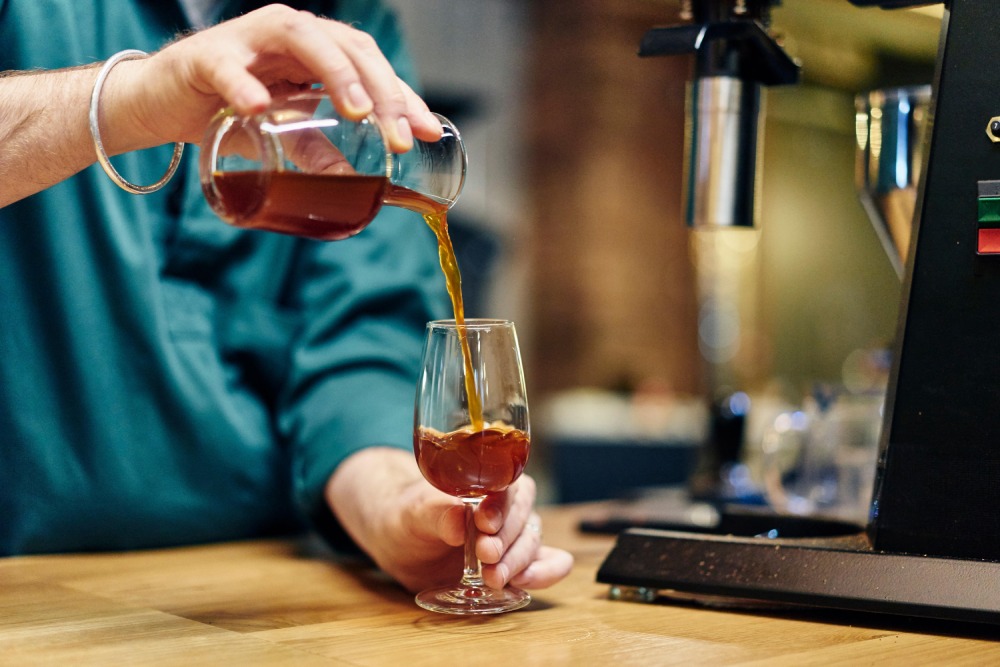
It was only a decade ago that the cold coffee market was limited to just a few options. But today, coffee consumers can choose from many different beverages – from flash brew to nitro cold brew to ready-to-drink (RTD) products.
And the sector continues to evolve. By 2027, the value of the global cold coffee market is expected to increase by 22% year-on-year to around US $1.4 billion, with the RTD segment seeing the most growth.
So naturally, more and more roasters are entering the RTD coffee market, which only makes it more competitive. Finding new ways to stand out is becoming increasingly important, and tapping into new beverage innovation is a huge part of this.
To learn more, I spoke to Kyle Bosshardt of Snapchill, Jonathan Gogel and Bailey Manson of Intelligentsia Coffee, and Trevor Corlett of Madcap Coffee.
You may also like our article on how snapchilling coffee works.
How has the cold coffee market diversified?
In today’s market, cold coffee no longer just means cold brew – although it’s certainly still incredibly popular. Cafés and roasters now offer a wide range of cold coffee beverages, including iced lattes, nitro coffee, and espresso tonic.
At the same time, the quality of these beverages has reached new heights, and consumers’ expectations keep rising.
Jonathan Gogel is the Director of Brand Marketing at Intelligentsia Coffee – a pioneering specialty coffee roaster in Chicago, US.
“The cold coffee trend defies seasonality and regionality, and we believe it marks a larger shift in specialty coffee,” he tells me. “We’re at a point where, when done right, coffee drinkers should experience the same level of flavour and quality that they can expect from dialled-in hot brew.”
So what has been driving this growth and innovation?
Younger consumers tend to opt for cold coffee drinks more than any other generation, and this demographic has a huge impact on the market. According to recent research from World Coffee Portal, 37% of people aged 35 and under drink iced coffee daily – and all throughout the day, too.
Moreover, in its 2023 third quarter reportings, Starbucks stated that cold drinks now represent a staggering 75% of sales in the US – a clear indication of where the market is heading.
Kyle Bosshardt is the Director of Business Development at Snapchill, a beverage solutions company that works with roasters to create RTD coffee drinks. Snapchill’s patented process involves brewing hot coffee before instantly chilling it to preserve flavours and aromas.
Kyle tells me that convenience has played a key role in the success of the cold coffee market.
“Rather than having to prepare hot brewed coffee, cold coffee can be enjoyed immediately, and it is far easier to take with you on the go,” he explains.
Demand for RTD coffee grows
Convenience has always been king in the coffee industry. As far back as the late 1800s, consumers started to expect their coffee to be roasted for them, rather than doing it themselves. Although the definition of convenience has massively changed in the centuries since, it still remains one of the most important purchasing factors.
Canned coffee made its debut in the industry in the 1960s in Japan, and has inspired a range of RTD coffee products over the years – including cold brew and milk-based drinks.
Unsurprisingly, younger generations are the biggest consumers of RTD coffee. In fact, data from Mintel shows that Gen Z (people born after 1996) are “significantly more likely” to drink RTD than traditional hot brewed coffee.
So as the cold coffee segment continually expands, we’re also seeing more RTD coffee beverages appear on the market. In 2022 alone, RTD coffee sales grew by an impressive 32% year-on-year.
This growth has also been noticeable through the opening of Snapchill’s new production facility in Green Bay, Wisconsin – which has the capacity to produce 50 million RTD cans every year.
And with more brands entering the RTD coffee market, there has been a noticeable shift towards using higher-quality coffee, offering a variety of products, and creating new sensory experiences – both in terms of flavour and mouthfeel.
Tapping into new innovation in the RTD coffee market
The soaring popularity of RTD coffee presents roasters with a unique opportunity to diversify their product offerings, and stand out in an increasingly competitive market.
Trevor Corlett is the founder and president of Madcap Coffee in Michigan, US.
“With the continued advancement of beverage technology, it’s more accessible than ever before for coffee companies of all sizes to create RTD products,” he says.
So the intensifying need to differentiate from competitors has pushed for more diverse RTD coffee manufacturing and processing methods. These not only address important food safety concerns for cold coffee products, but also help to preserve more of the delicate and nuanced flavours and aromas in RTD coffee – pushing the boundaries of consumer expectations even further.
Many cold coffee drinks (including cold brew) are prepared at low temperatures, which can encourage the growth of various bacteria, yeast, and moulds. Additionally, cold coffee tends to be less acidic than hot brewed coffee – which can also be an ideal environment for various microorganisms to survive.
To avoid these serious issues, many RTD coffee manufacturers use high-pressure, high-temperature retort systems to kill harmful bacteria and create shelf-stable products. This can often be at the expense of flavour, however, as high-pressure and high-temperature environments will destroy the more complex flavours and aromas in RTD coffee.
So how can roasters best preserve flavour in RTD coffee?
It’s absolutely essential that roasters sell RTD coffee products which are safe for consumption, but beverage quality also needs to be high. To account for both, a growing number of coffee brands are partnering with innovative RTD companies.
Kyle explains that Snapchill uses a tunnel pasteurisation process, along with its patented chilling technology, to instantly chill hot-brewed coffee – preserving the full spectrum of coffee’s flavours and aromas, while ensuring all products adhere to food safety standards.
“Our pasteurisation machine gently raises the temperature over a period of twenty minutes,” he adds. “It then holds the temperature precisely at a set point, and then gently cools the coffee down over the course of another 20 minutes to preserve the volatile aromatics in the can.”
Because the coffee is brewed hot and then rapidly cooled, more of the coffee’s delicate flavours are preserved – creating a more complex sensory profile.
“Our approach has always been to brew coffee hot and use different methods to flash chill it,” Trevor says. “Partnering with Snapchill for our RTD products has enabled us to maintain beverage quality and provide it at scale.
“We want consumers to be able to taste the clean, complex flavours, but to also enjoy the experience regardless of how they drink their coffee,” he adds.
Choosing a coffee for RTD products
Kyle explains that Snapchill has partnered with over 300 roasters to develop high-quality RTD coffee products. Intelligentsia is one of them – using its well-known Black Cat espresso blend to offer sweetness with a balanced amount of acidity.
“We consider Black Cat to be the quintessential specialty espresso profile,” Jonathan says. “So we used Black Cat in our cold coffee offerings because it presents the perfect body with just the right amount of acidity.
“We were able to capture a flavour profile with Black Cat that can appeal to a wide range of cold coffee drinkers with its body and richness, but also present the delicate fruit acidity that specialty drinkers know and love,” he adds.
Bailey Manson is the Director of Innovation at Intelligentsia Coffee. He echoes this sentiment, highlighting the flavour complexity that Snapchill allowed them to achieve over traditional cold brew methods.
“We love the sweetness and overall flavour complexity from this process,” he says. “With cold brew, you’re generally stuck with the same kind of tasting notes no matter which coffee you use – preventing your product from being able to stand out.”
Why roasters should enter the RTD coffee market
More and more roasters are creating their own RTD cold coffee products for many reasons. Not only can brands cater to growing demand for cold coffee and enter a highly lucrative market, but they can also diversify their revenue streams and attract new types of customers.
“Coffee companies can’t ignore the opportunity for larger exposure by offering consumers a convenient and quality product,” Trevor says. “Roasters that previously would have avoided RTD for quality reasons no longer have to compromise.”
One of the most effective ways to reach new audiences is through selling RTD coffee products in supermarkets and grocery retailers.
“The RTD market provides an opportunity to reach more people with your brand,” Jonathan says. “We have a strong fanbase for our RTDs among those who visit our coffeebars and buy our bagged coffee offerings, but RTDs also reach customers who may have never stepped in an Intelligentsia or experienced our larger brand.
“This is a huge opportunity because there are diverse specialty coffee lovers in all parts of the world, and we’d love to be a consumer’s favourite cold coffee beverage as much as we’d love to be someone’s favourite roaster or specialty coffeebar,” he adds.
Additionally, through selling their RTD products in supermarkets, roasters can appeal to consumers who shop at a range of price points.
“Selling Snapchill products through a wide range of retailers – from Whole Foods Market to Walmart – is extremely important to support the growth and education of specialty coffee,” Kyle explains.
He adds that Snapchill is the exclusive manufacturer of RTD products to the Local Collective – an e-commerce platform which supplies more than 2,200 Walmart stores nationwide with coffee from local roasters. Ultimately, this helps to support local coffee businesses and provide consumers with better access to high-quality coffee options.
More control over the final product
Trevor highlights that roasters don’t always have the luxury of controlling what happens to their coffee once it’s in the hands of end consumers. Understandably, this can be a cause for concern in terms of maintaining quality standards and brand reputation.
“RTD coffee, however, is a product that we get to have a direct hand in the finished product and what consumers experience,” he adds.
He also tells me that Snapchill provides research and development support to roasters so they can capture specific flavour profiles from their coffee and represent their products to the standards they expect.
Bailey emphasises that for any roaster looking to enter the RTD coffee market, working with trusted partners is key.
“Snapchill’s low minimum order requirement makes it easier for us to offer limited-edition RTD products, which allows us to highlight our best work,” he tells me. “They can also scale massively, and we have no concerns with their ability to keep up with us.”
The cold coffee revolution shows no signs of slowing down any time soon. If roasters have the resources and capabilities, developing and selling their own RTD products is a smart way to tap into a booming market.
However, store shelves are now brimming with a myriad of RTD coffee options. To stand out, roasters need a unique selling point – and having a big focus on flavour and quality is key.
Enjoyed this? Then read our article on why coffee shops should pay attention to cold brew food safety.
Photo credits: Intelligentsia Coffee, Madcap Coffee
Perfect Daily Grind
Please note: Snapchill is a sponsor of Perfect Daily Grind.
Want to read more articles like this? Sign up for our newsletter!
The post The cold coffee market is evolving: How can roasters tap into it? appeared first on Perfect Daily Grind.
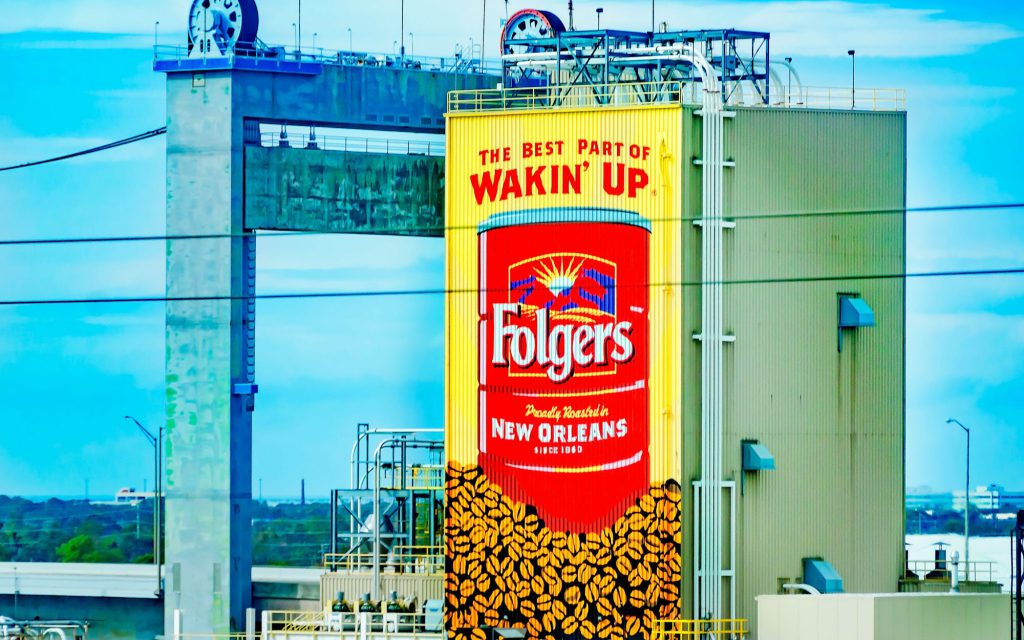

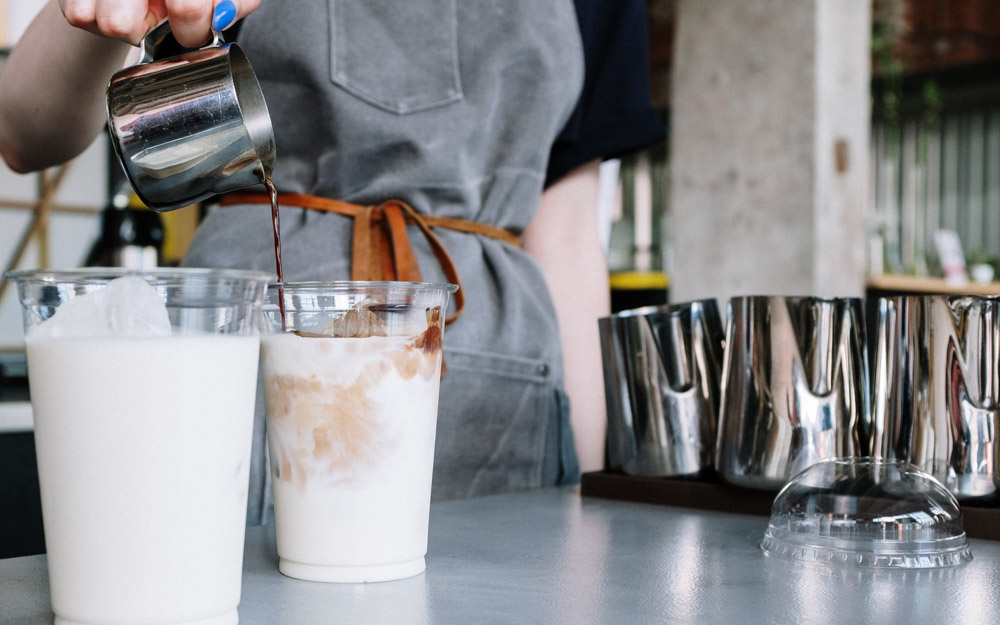
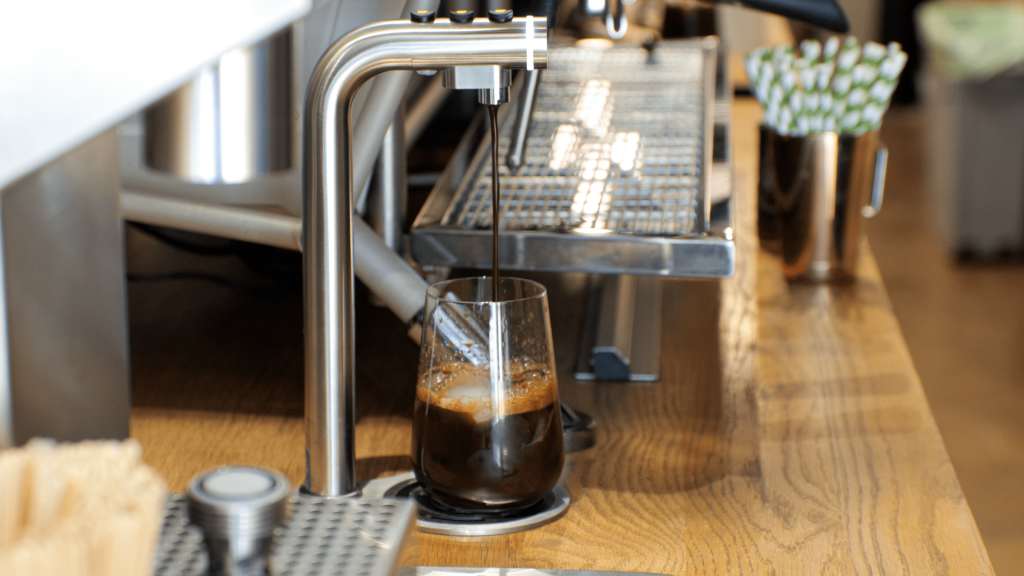
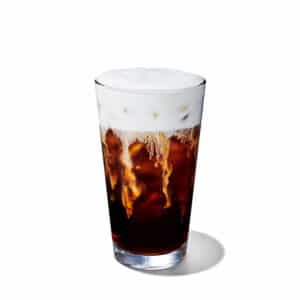
Responses